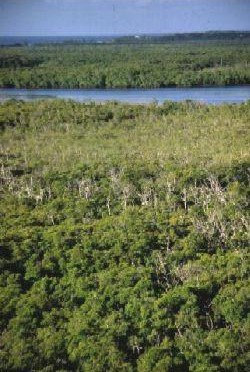Kenya has a forest cover estimated at 1.7% and shrinking. Yet, tree planting is actually a great investment opportunity that has remained under-appreciated in many parts of the country.
Market
Depending on how you space the tree seedlings at planting and when you harvest the trees, there is a market for them. After 3 -4 years, you can harvest and sell the trees at 1 – – 4,000 shillings each for firewood or from 5 – 8 years, you can sell them off at 6,000 shillings per tree for poles. This can translate to profits of between 1 million and 6 million shillings per acre ($13,000 – $80,000 per acre) all from an initial crop of tree seedlings that can be bought for about 10 shillings each. One also has to factor in the opportunity cost of not growing maize or other cash/food crops over the years on the land, but these tend to have high annual production costs. Also, one advantage of trees is that they can be planted on undesirable or uncultivated land.
Major buyers of trees include tea factories (who use firewood to process tea leaves), Kenya Power & Lighting Company, East African Cables, Telkom (for poles), and numerous saw millers and local wood vendors.
Dangers:
Two main ones are fire and pests/disease which can wipe out a mature crop of trees. Also one must also protect land from squatters, who may destroy trees for firewood, or to build homes in what they consider to be “unoccupied forest” land, or whose grazing animals may eat young tree seedlings.
Science
Numerous advances have been made in research to speed up tree growth, and new fast-growing hybrids of trees from South Africa and Australia can be easily obtained. Some of the trees being planted around the country by enterprising land owners include Pinus, cypress eucalyptus grandis, and blue gum.
the Future
One farmer told me that he has no worries about funding his kids university education in ten years time and even recommended that parents should plant one acre of trees per child to cater for the cost of their upbringing and education.



